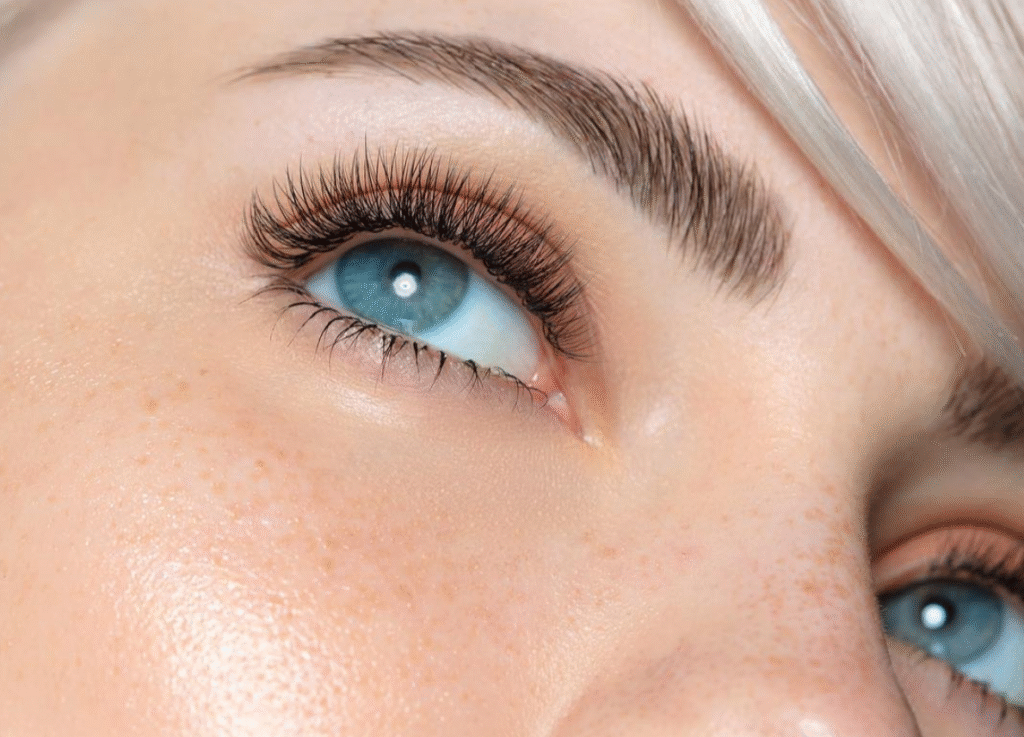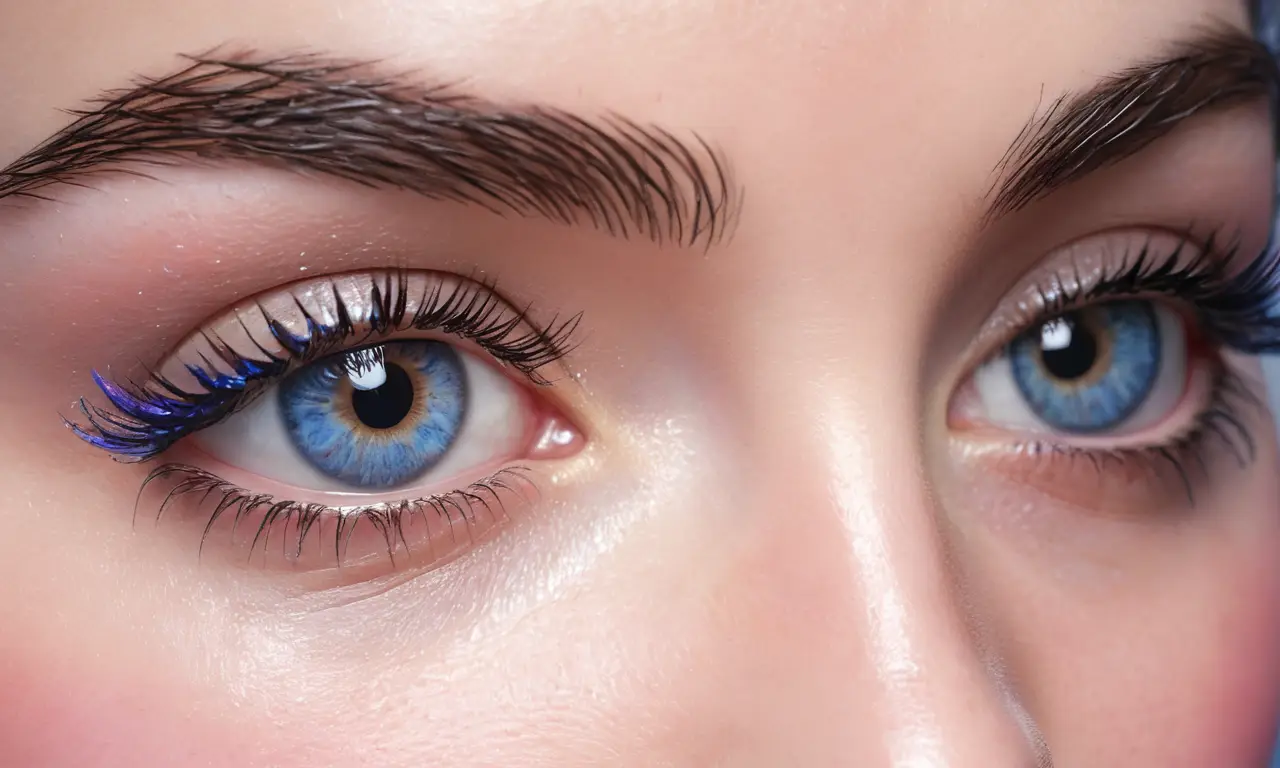
Our eyes are precious, constantly exposed to the world around us. Protecting these delicate organs is crucial for our vision and overall well-being. While we often take them for granted, eyelashes play a vital role in safeguarding our eyes from harm. These tiny hairs, framing our peepers, might seem insignificant, but they are surprisingly complex and essential for maintaining eye health. This article delves into the fascinating world of eyelashes, exploring their structure, function, types, and care.
This exploration will cover the intricate composition of eyelashes, revealing how they are similar to other body hair. We’ll then examine their crucial functions in protecting our eyes from debris and irritants. Furthermore, we’ll delve into the different types of eyelashes and provide practical tips for maintaining healthy and beautiful lashes.
Eyelash Structure and Composition
Are eyelashes considered hair? Absolutely! They share the same fundamental structure and composition as other body hair, consisting primarily of keratin protein strands. Keratin is a tough, fibrous protein that provides strength and resilience to hair, skin, and nails. Eyelashes grow from follicles embedded within the eyelid, similar to how scalp hair grows from follicles on the scalp.
Each eyelash follicle contains a bulb at its base, where cell division occurs, producing new keratin cells that push older cells upward, forming the visible eyelash shaft. The shape and thickness of an eyelash are determined by the size and structure of its follicle. Eyelashes are typically shorter and finer than scalp hair, ranging in length from a few millimeters to about 1 centimeter.
The color of eyelashes is also determined by melanin, the same pigment responsible for skin and hair color. Eyelash color can vary from light blonde to dark brown or even black, depending on an individual’s genetic makeup. Interestingly, eyelashes have a natural curve that helps them effectively trap debris and redirect it away from the eye.
Function of Eyelashes

Eyelashes serve several crucial functions in protecting our eyes:
- Physical Barrier: Their primary role is to act as a physical barrier against foreign particles like dust, dirt, pollen, and insects. They help prevent these irritants from entering the eye, reducing the risk of infection or irritation.
Moisture Regulation: Eyelashes also play a role in regulating tear film distribution across the eye surface. The lashes create a slight groove that helps guide tears towards the inner corner of the eye, ensuring proper lubrication and cleansing.
Light Sensitivity: Eyelashes can help shield our eyes from bright light, reducing glare and discomfort. They act as a natural sun visor, protecting the sensitive retina from excessive sunlight exposure.
Types of Eyelashes
While all eyelashes share similar characteristics, there are subtle variations in their appearance and function:
- Upper Lashes: These are typically longer and thicker than lower lashes, providing more robust protection for the front surface of the eye. They also play a role in enhancing our visual field by creating a slight shadow effect that improves contrast sensitivity.
- Lower Lashes: Shorter and finer than upper lashes, they primarily serve to trap debris that may have escaped the upper lashes’ barrier. Lower lashes also contribute to tear film distribution and help prevent dryness at the edge of the eyelid.
Eyelash Care

Maintaining healthy and beautiful eyelashes is essential for both eye health and aesthetics:
Gentle Cleansing: Wash your eyelids daily with a mild cleanser to remove dirt, oil, and makeup residue that can clog follicles and lead to lash problems. Avoid harsh soaps or scrubs that can irritate the delicate skin around the eyes.
Avoid Over-Pulling: Be careful not to pull or tug on your eyelashes excessively, as this can damage the follicles and lead to thinning or breakage.
Consider Lash Serums: If you’re concerned about lash length or thickness, consider using a lash serum containing ingredients like biotin or peptides, which may promote healthy lash growth.
Regular Trimming: Trim your eyelashes regularly with clean, sharp scissors to prevent them from becoming too long and causing irritation or discomfort.
Conclusion
Eyelashes are often overlooked, but these tiny hairs play a vital role in protecting our eyes and maintaining overall eye health. Understanding their structure, function, and care requirements allows us to appreciate the importance of these delicate guardians of our vision. By following proper eyelash care practices, we can ensure that our lashes remain healthy, strong, and contribute effectively to safeguarding our precious eyesight.
